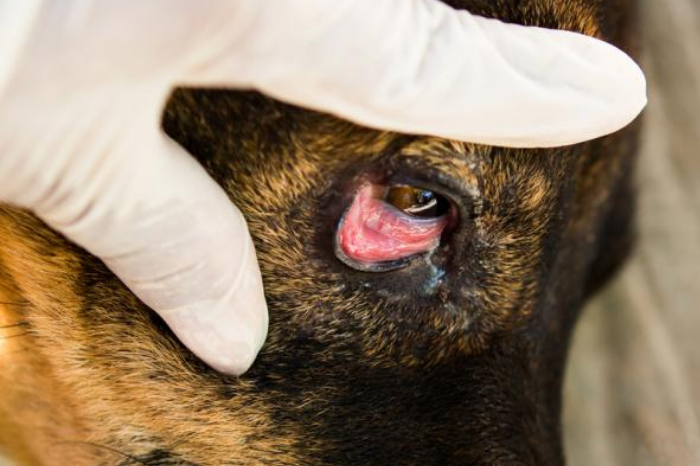

Chronic Kidney Disease
Dr. Kareem,
Although you only knew Dodger for the past year, both Andy and I were truly amazed at the lengths you went to help Dodger. Your tireless efforts did not at all go unnoticed by us and we know that in such a short time Dodger felt comfortable and totally at ease with you, even though he was grumpy from time to time. Without a doubt in our hearts that your dedication to helping Dodger, enabled him to have a happy and extended life, and for that, we are forever grateful.
Thank you very much,
Nikki and Andy
Dodger had been visiting Mirdif branch since 2016 but started to suffer from Chronic Kidney Disease (CKD) in May of 2018. We gave him our best effort to improve the quality of his life, preserve the low nephrons that were still working and minimize the effect of the disease on him. Despite all the care and love provided to Dodger, he sadly passed away because of last stage CKD, last January on the 24th, 2021.
So, what is CKD (Chronic Kidney Disease)?
Chronic kidney disease is defined as a kidney disease that has been present for months to years. It commonly affects older cats, and in most cases is progressive over time so that there is a gradual decline and worsening of the disease.
What do the kidneys do?
To understand further CKD, it is wise to first understand the functions of kidneys. Kidneys are responsible to maintain fluid balance in the body, produce certain hormones, regulate many electrolytes and excrete waste products (via urine) by filtering and keeping “good” substances in the blood.
Kidneys produce also a substance that helps with the creation of new red blood cells. Consequently, as kidneys have so many functions, when they are not working normally, pets can easily manifest many different clinical signs.
What are the signs of CKD?
In most cases, CKD is a progressive disease. Initially, clinical signs are often very subtle and mild, but will gradually get worse over a long period.
The most common signs include the following:
- Excessive drinking (polydipsia) and urinating large volumes of urine (polyuria)
- The increased volume of urine in the bladder may lead to, or worsen incontinence (leaking urine), especially at night
- Vomiting and/or diarrhea
- Lack of appetite and weight loss
- Feeling depressed, as a result of elevated waste products in the blood
- Anemia, resulting in pale gums and weakness due to a low blood count
- Overall weakness due to low potassium (K+)
- High blood pressure
- Bleeding in the stomach or gut and bruising of the skin
What are the diagnostic tests used for CKD?
Diagnosis of CKD can usually be made based on the signs, physical examination, and blood and urine tests. Other tests may be performed to look for an underlying cause for the CKD and/or to “stage” the CKD.
Blood tests may reveal the following abnormal parameters:
- Non-regenerative anemia
- Increased wastes in (blood urea nitrogen [BUN] and creatinine [CREA])
- Increased phosphorus [PHOS]
- Calcium levels are often normal, but they can be elevated in some pets with CKD, while rarely they are decreased
Other tests performed are abdominal radiographs (x-rays) or ultrasound to determine the kidney size, kidney biopsy, bacterial culture, or a test of clotting ability.
SDMA (Serum Symmetric Dimethylarginine) is a new test that helps in early diagnosis of CKD, often increasing before any other parameter and major symptoms are yet not present.
> SDMA test is available in our clinics.
recent post

EARLY DETECTION AND TREATMENT OF HIP DYSPLASIA IN PUPPIES
Hip Dysplasia in dogs is an anatomical orthopedic condition which has a genetic background and affects mostly..
learn more
“CHERRY EYE” or PROTRUSION OF THE GLAND OF THE 3rd EYELID
Protrusion of the gland of the third eyelid (or “cherry eye”) occurs most commonly in dogs and..
learn more



